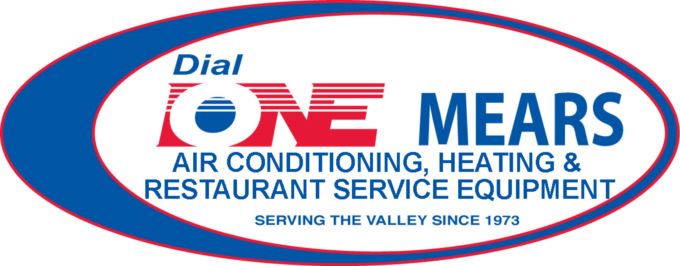Everyone’s always looking to save money on their utility bills, but it turns out there’s a way to lower energy use, even when you’re not even home.
The secret is your thermostat. By making the most out of your thermostat, you can structure its daily schedule around your personal preferences. This means establishing various temperature settings for when you’re home, away or even when you’re sleeping.
With a few simple adjustments, you have more time to enjoy pleasant temperatures while keeping more money in your pocket. Check out our guide on how your thermostat can save you money in the summer:
While at Home
Whenever you’re at home, you want comfortable temperatures. It’s only natural to want your thermostat lower in the summer if you’re indoors to appreciate the cool air.
But the ideal temperature for when you’re in your home during the summer is actually around 78 and 80 degrees Fahrenheit. By adjusting things a few degrees, you can stay cool while keeping your energy bill more manageable.
While Out of the House
When setting the temperature for when you are out of the house in summer, it’s extremely common to move the thermostat higher than normal.
If your home is in a shady spot in a cooler climate, you can set the thermostat to higher temperatures like 88 degrees while no one is home before lowering it back to the sweet spot of 78-80 degrees when you or a family member return. This way, your air conditioning won’t have to work constantly to provide cooling for a bunch of empty rooms.
While Asleep
For a full night’s rest during summer weather, you want a nice cool temperature. A great place to start is between 68-72 degrees Fahrenheit. You won’t have to worry about getting too hot or too cold at some point overnight.
Other Strategies for Lowering Energy Use:
- Install a smart thermostat: Trying a smart thermostat in the summer is an excellent way to reduce energy costs since it can plan your temperature adjustments according to your lifestyle and home environment. A smart thermostat manages the temperature if you are home or sleeping, before allowing it to warm up when no one is home. Using reputed brands and models such as the Lennox iComfort, you are able to adjust settings and schedules through your smartphone, tablet or laptop. Scheduling smart thermostat installation in your Phoenix home is an effortless way to set the correct temperature whether you’re at home or across the country.
- Update your existing HVAC system: Upgrading your HVAC system is another great option for long-term energy savings. If a system boasts high energy efficiency, your utility bills will be lower because it requires less energy to reach your preferred temperatures. Air conditioning installation in Phoenix is a great way to beat the heat in the summer.
- Keep up with AC maintenance: Hiring a skilled professional to perform regular air conditioning maintenance in Phoenix can have a significant impact on your utility bills. If you stay on top of cleaning key components like the coils, checking for damage and keeping vents clear of dust and debris, you may notice your HVAC system perform better during day-to-day use.. More efficient operation reduces strain on important or delicate components and lowers operational costs, resulting in lower energy usage and subsequently, smaller bills.
- Replace your air filter regularly: Cleaning or replacing the air filter regularly saves money by keeping airflow as smooth and consistent as possible. When filters are old and less effective, an AC unit has to work harder, and the added strain may impact the system’s life span and result in breakdowns.
- Check if you have enough insulation in the attic: Insulation is a crucial component for any energy-efficient home, securing the hot air outside and the cool air inside over the summer. The North American Insulation Manufacturers Association (NAIMA) recommends that homes in the southern United States should have at least 13-14 inches of insulation, while states further north need 16-18 inches.
- Check your ventilation: Leaky ductwork can raise your energy bills much more than 20 percent, plus it can potentially allow harmful emissions from your water heater, clothes dryer and other appliances throughout your home. Finding any leaks fast and sealing them can fix both of those problems.
- Seal all other leaky spots in your home: Finding and sealing any remaining leaks in your home with caulk, foam sealant or weather-stripping can help keep it cooler on hot summer days. You should also check for any gaps around windows, doors and even outdoor fixtures. Taking the time to seal up any leaks now can help you save a lot in the long term.
